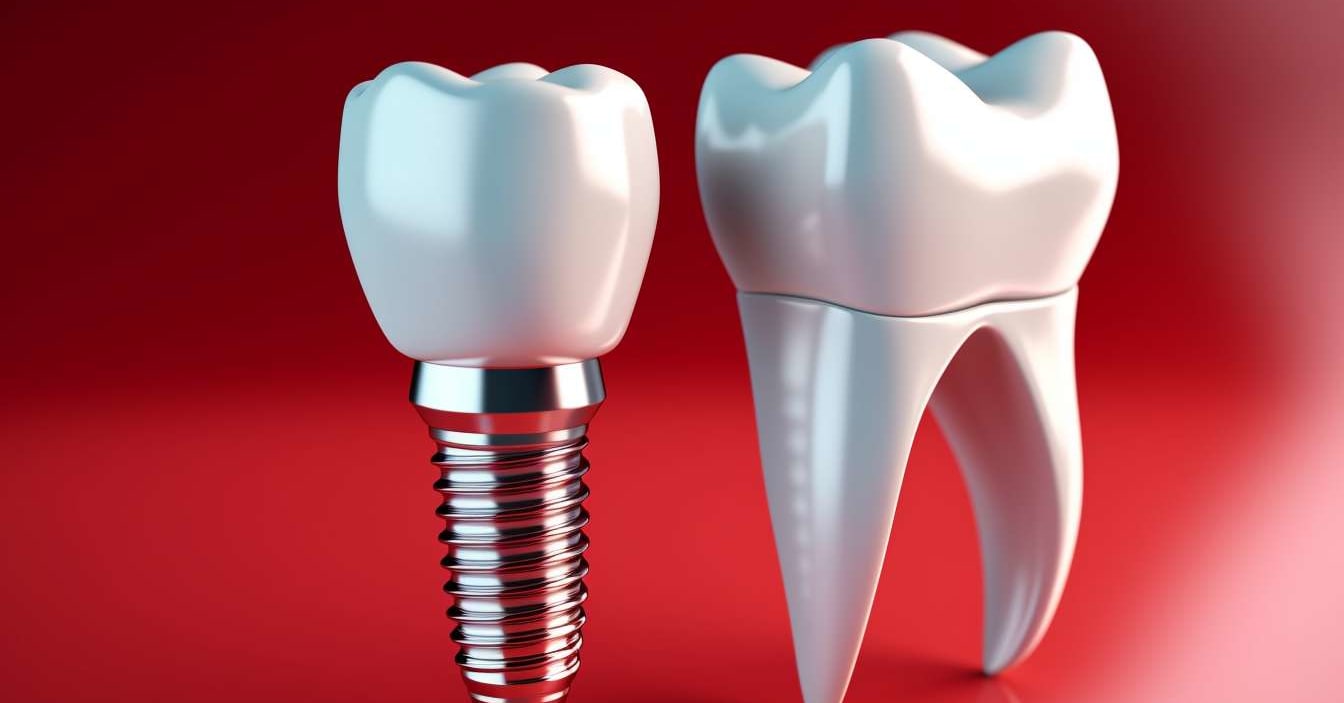Unmasking the Therapeutic Potential of Mindful Breathing Techniques
Have you ever considered the potential of your breath to influence your overall health and well-being? It's time to delve into the science and benefits of mindful breathing techniques. Breathing is a fundamental and automatic human process, ensuring the continuous flow of oxygen to our cells and the expulsion of carbon dioxide. However, the role of our breath extends beyond mere survival. Throughout history, various cultures and practices have recognized the potential of breath manipulation to achieve better health and spiritual growth.

In recent decades, science has begun to explore and validate these traditional claims. Studies have revealed that mindful breathing techniques can positively impact our physical, mental, and emotional well-being—ranging from stress reduction and improved focus to enhanced cardiovascular health.
The Science of Mindful Breathing
Mindful breathing, or conscious control of breathing patterns, is a core component of mindfulness and meditation practices. It involves focusing on the breath, regulating its rhythm, and being fully aware of the sensations it creates. This simple practice has profound physiological and psychological effects.
Neuroscientific studies have shown that mindful breathing can activate the parasympathetic nervous system, which calms the body and mind by slowing the heart rate and lowering blood pressure. It also suppresses the production of cortisol, the stress hormone, promoting relaxation and stress relief.
Moreover, mindful breathing can enhance cognitive functions like focus, attention, and memory by increasing the amount of oxygen reaching the brain. It also promotes emotional regulation by influencing areas of the brain involved in mood control.
Benefits and Challenges of Mindful Breathing Practices
Mindful breathing techniques offer numerous benefits, including stress reduction, improved focus and attention, better emotional regulation, enhanced cardiovascular health, and increased energy levels. Some practices, like diaphragmatic breathing, can even help manage conditions like asthma and chronic obstructive pulmonary disease (COPD).
However, mindful breathing is not without challenges. It requires patience, practice, and consistency to master. Some individuals may initially find it difficult to focus on their breath or regulate its rhythm. Yet, with regular practice, these obstacles can be overcome, and the benefits reaped.
Practical Techniques and Their Credibility
Several mindful breathing techniques have been scientifically validated for their health benefits. These include diaphragmatic breathing, 4-7-8 breathing, box breathing, and alternate nostril breathing, among others. Each technique has its unique method and benefits, and individuals can choose based on their needs and comfort.
Despite the growing body of evidence supporting mindful breathing, it’s important to remember that these techniques are complementary practices. They are not substitutes for professional medical advice or treatment.
Enlightening Health Insights
- Diaphragmatic breathing, or belly breathing, engages the diaphragm and is beneficial for lung conditions like asthma and COPD.
- The 4-7-8 breathing technique, which involves inhaling for 4 seconds, holding the breath for 7 seconds, and exhaling for 8 seconds, is an excellent stress reliever.
- Box breathing, also known as square breathing, involves inhaling, holding the breath, exhaling, and holding the breath again, each for an equal duration. It’s used by Navy SEALs to stay calm in stressful situations.
- Alternate nostril breathing, a technique from yoga, balances the left and right brain hemispheres, promoting relaxation and mental clarity.
In conclusion, mindful breathing techniques offer a science-backed, practical, and accessible way to improve physical, mental, and emotional health. While mastering these techniques may require patience and practice, the benefits they provide make them a worthy addition to our daily wellness routines. So why not take a moment, focus on your breath, and explore the healing power within you?




